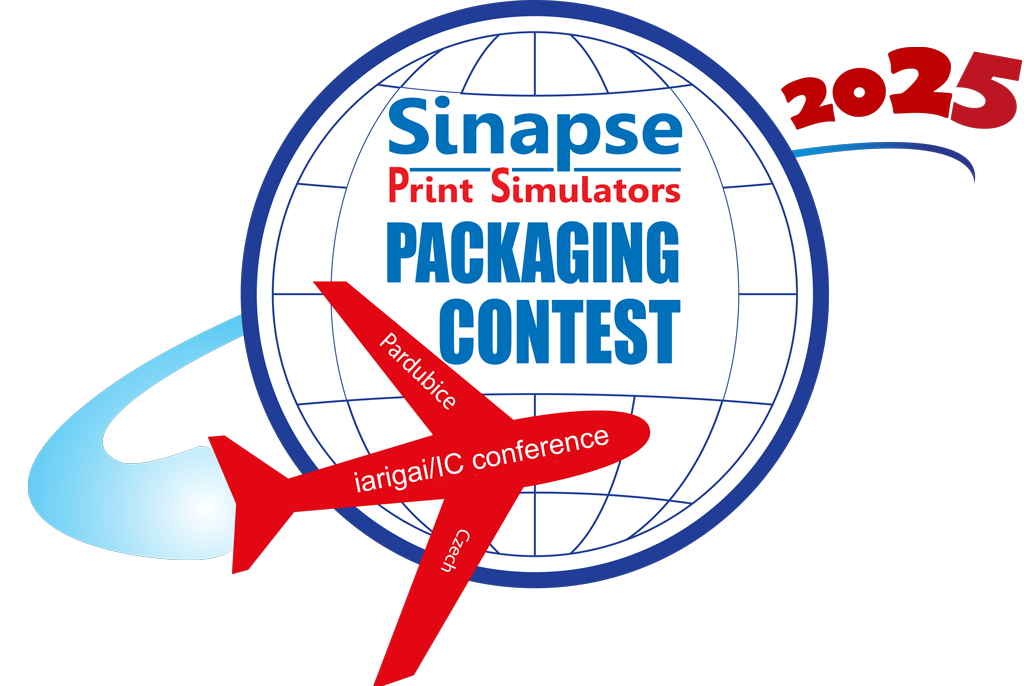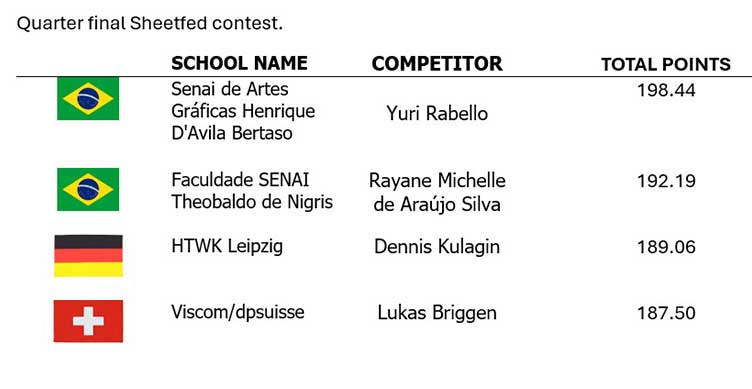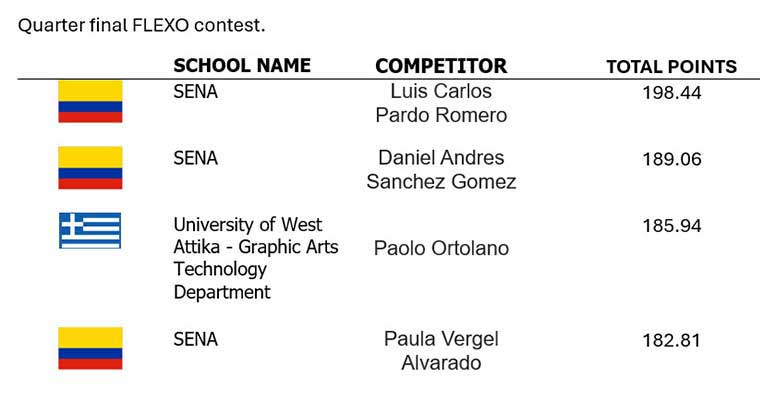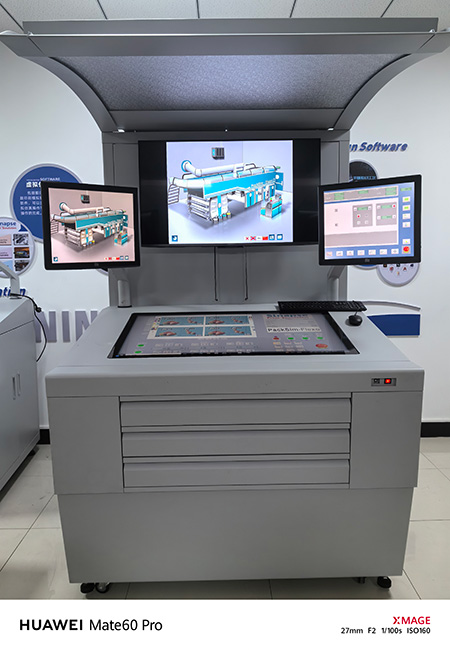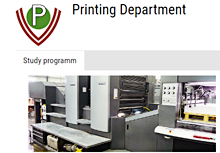Accueil > Products > Simulators > PackSim-Gravure > PackSim-Gravure Overview
PackSim-Gravure Overview
Packaging is the fastest growing segment of the print market today.
As other segments fight against competing media, packaging becomes increasingly important. Whether you order it over the Internet, or buy it at your local supermarket, your product comes in a package : candy bar wrappers, food cartons, yogurt tops . . . you name it, it’s probably printed with gravure. Reputed for its reliability and print quality, packaging gravure is often the process of choice for long run, repeated run packaging.
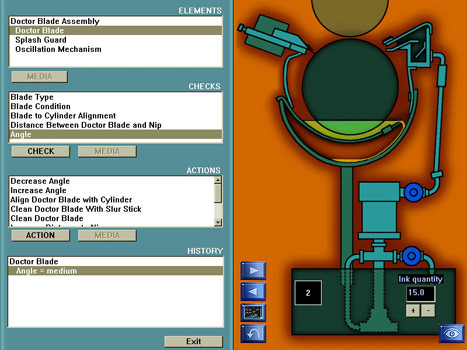 As other segments fight against competing media, packaging becomes increasingly important. Whether you order it over the Internet, or buy it at your local supermarket, your product comes in a package : candy bar wrappers, food cartons, yogurt tops . . . you name it, it’s probably printed with gravure. Reputed for its reliability and print quality, packaging gravure is often the process of choice for long run, repeated run packaging.
As other segments fight against competing media, packaging becomes increasingly important. Whether you order it over the Internet, or buy it at your local supermarket, your product comes in a package : candy bar wrappers, food cartons, yogurt tops . . . you name it, it’s probably printed with gravure. Reputed for its reliability and print quality, packaging gravure is often the process of choice for long run, repeated run packaging.
As the GAA says,
"Packaging gravure is certainly the best friend of long runs. However, packaging gravure printers can be very profitable in a short run environment. We have examples of printers in gravure (with 50’ wide presses) whose average run lengths are between 3,000 and 5,000 yards ! They have found that getting to this level actually can reduce scrap, best satisfies customer needs, and makes them competitive with flexo printers.
"Operating in a short run environment requires operators who have been trained in a consistent method, who have developed troubleshooting skills that are the most efficient, and who really understand the interrelationships of press operating systems."
The challenges in Packaging gravure therefore include training operators to understand the process (there are almost no schools that teach "hands on" gravure), making sure they see how different materials will need different press settings, helping them to learn troubleshooting to reduce make-ready and improve uptime, and letting them see the "costs" and consequences of their actions. Obviously all of these are easier with a simulation-based training tool : PackSim.

 Demonstrations
Demonstrations



